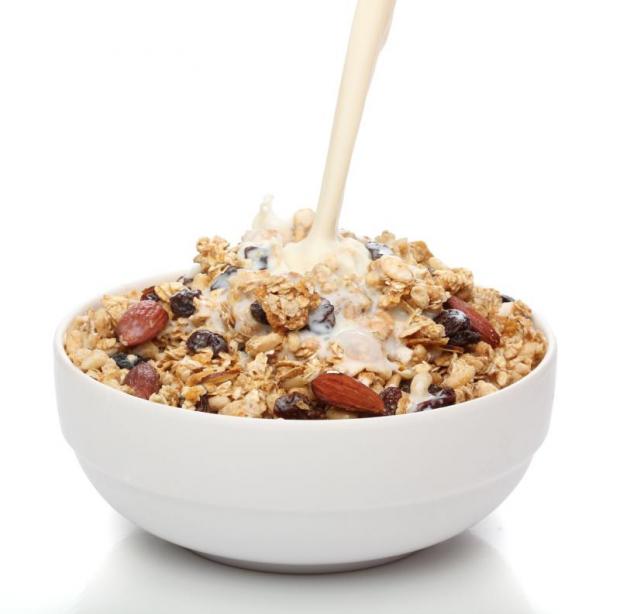DEAR DOCTOR K: I love to eat cereal for breakfast, but I've heard that many cereals aren't all that healthy. What should I look for in a healthy cereal?
DEAR READER:
Walk into any grocery store and you'll see shelves packed full of breakfast cereals all touting important health benefits. Labels and marketing promises on boxes can be confusing — and sometimes misleading. I spoke with Kathy McManus, director of the Department of Nutrition at Harvard-affiliated Brigham and Women's Hospital. She recommends reading ingredient lists carefully and choosing cereals that meet the following criteria:WHOLE GRAINS
Many cereals are made with refined grains, which are full of carbohydrates that easily and rapidly turn into simple sugars. The absorption of these sugars from the gut causes your blood sugar to spike. These spikes cause your pancreas to "overwork" making insulin. This, in turn, can raise a person's risk of getting Type 2 diabetes, the most common kind of diabetes. Instead, look for a breakfast cereal made of corn, whole wheat or brown rice. These are whole grains rich in fibre, vitamins, minerals and antioxidants. The process of converting whole grains into simple sugars takes longer, so blood sugar levels rise in a more even and constant fashion.
FIBRE
Fibre is the indigestible component of plant food that's vital for good health. It lowers blood sugar and cholesterol, and it can help reduce the risk of cardiovascular disease, diabetes and obesity. Women should consume 21-25g of fibre per day, while men should aim for 30-38g per day. Look for cereals that contain 5g or more of fibre per serving.
LOW SUGAR
Choose cereals that provide no more than 5g of sugar per serving. Unfortunately, that may be easier said than done. Most cold cereals in the United States come preloaded with added sugars. To know how much sugar you're getting, read the Nutrition Facts label on the side of the cereal box. And avoid cereals that have been "frosted" with layers of sugar.
LOW SODIUM
Sodium hides in many unexpected foods, and cereal is one of them. The current dietary guidelines recommend limiting sodium to 2,300mg per day. For people 51 and older, and those of any age who are African-American or who have high blood pressure, diabetes or chronic kidney disease, guidelines recommend no more than 1,500mg per day. So look for cereals with no more than 200mg of sodium per serving.
LOW CALORIES
Most cereals list a serving size as one cup or just three-quarters of a cup. That's far less than the average bowl can hold. Your best bet is to look for cereals with less than 150 calories per serving. Then, use a measuring cup when serving yourself.
Finally, complement your cereal with some low-fat milk for protein and calcium, and add fresh fruit for natural sweetness and fibre.
Dr Komaroff is a physician and professor at Harvard Medical School.


